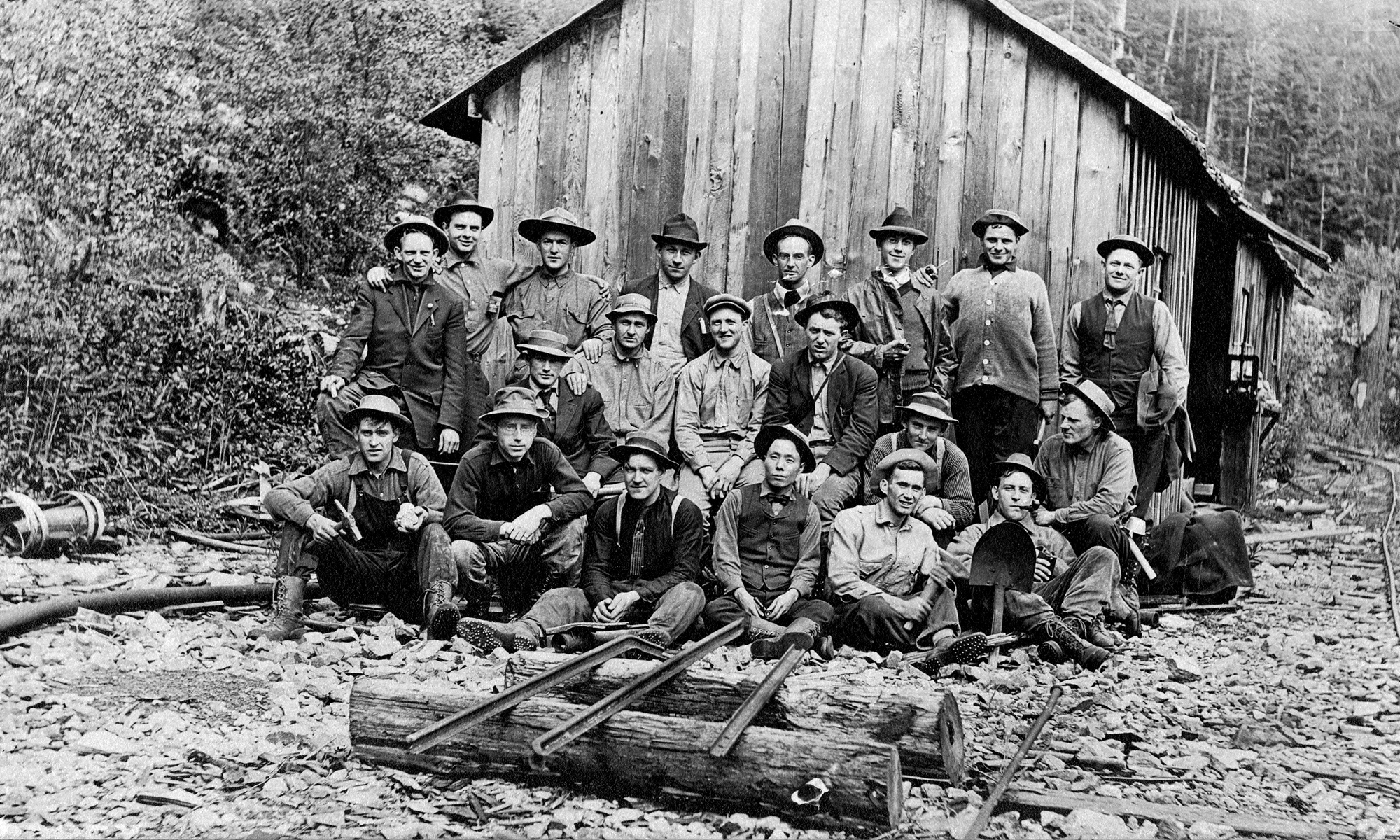

When Yvette Gunther—who celebrated her 100th birthday last summer—was a little girl, her family moved from Oregon to Britannia Beach, British Columbia, a stop in a series of moves related to her father’s job in the mining industry. Gunther’s father, Chris Grenside Dobson, taught mining and metallurgy at the University of Washington. He later headed north to Vancouver and became the chief engineer and general manager at the Britannia Mining and Smelting Company.
“My father worked very hard,” says Gunther, ’45. “My father and mother used to entertain everyone who came to see the mines. The mining eventually stopped because there was no more copper. I still remember how sad that was—we were the last ones to leave.”
It’s an age-old story: as time, technology and material developments progress, some methods—or the need to study them—are forced to evolve or become obsolete. Such was the case with the University of Washington’s College of Mines, the precursor to the Department of Materials Science and Engineering in the College of Engineering.
“The College of Mines started as an assay lab,” says Thomas Stoebe, professor emeritus and former chairman of the Department of Materials Science and Engineering. In 1994, he helped publish a 100-year history of the department (updated in 2019). “In those days [the late 1800s and early 1900s], people just went out and prospected to see what they could find, and they would take the findings to the assay lab at UW.”
The UW School of Mining Engineering was chartered in fall 1893, and its curriculum was developed in 1894. Instruction began the next year, taught by geologist Professor Henry Landes. Coinciding with the Klondike Gold Rush, the establishment of the lab (as well as independent labs around the city) helped make Seattle a hub in the development of the Yukon and Alaska gold fields, as well as the development of mines in Washington.
Courses were offered in mineral formation, mining surveys, mine development, mining machinery, assaying, ore testing, smelting and refining. In 1911, the B.S. in metallurgy was added and the School of Mining Engineering became a full-fledged College of Mines.
In 1918, the college started offering a degree in ceramics—the science of creating objects from inorganic, non-metallic materials. For the next 29 years, the UW would be the only school on the Pacific Coast to offer a course in ceramic engineering.
“Ceramics is what brought this University program to national fame.”
Jihui Yang, Kyocera Professor in Materials Science and Engineering
“Ceramics is what brought this University program to national fame,” says Jihui Yang, a Kyocera Professor in Materials Science and Engineering and vice dean in the College of Engineering. He worked with Stoebe on the most recent version of the department’s history. “[Professor] James Mueller developed a longstanding program to develop ceramic materials for NASA for use in spacecraft, landing pads and such, so we had one of the most well-known departments in the country for a long time.”
Mueller joined the faculty of the Ceramic Division of the School of Mineral Engineering in 1949. While at the UW, Mueller established an X-ray diffraction laboratory and developed methods that reduced the time for analysis of ceramic materials from days to a few hours.
In the early ’70s, interest in mining engineering waned and the Board of Regents dropped the program in 1976.
“In the 1950s and ’60s, everyone built things out of metal,” Stoebe says. “But by the ’70s, they were using other materials such as composites.” Both he and Yang note that as the department evolved, there was a significant amount of collaboration and crossover with other departments. “The aeronautics department spent a lot of time using our facilities and our knowledge, and they developed things like the tiles used on space shuttles. Today there continues to be a lot of crossovers with the medical and dental schools, electrical engineering, and other schools and departments.”
Pictured at top: Students from the UW College of Mines take a break to have their photo taken during a 1911 field trip. The College of Mines was the forerunner of what turned into the UW College of Engineering.